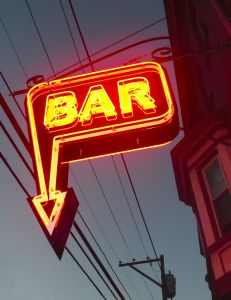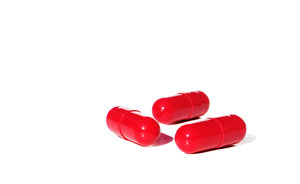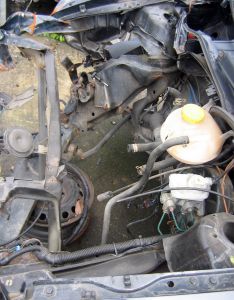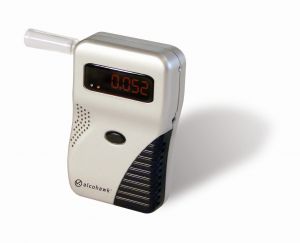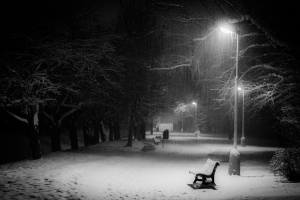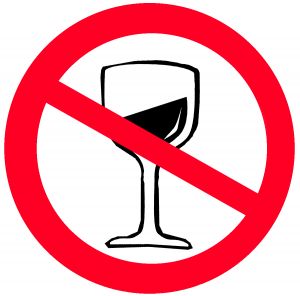Drunk driving is one of the most dangerous behaviors that a person can engage in.
Our Boston drunk driving accident lawyers know that thousands of lives are lost each year as a result of the actions of a drunk driver. Unfortunately, while people know drunk driving is dangerous,some still choose to do it anyway. Some of those who would drive drunk, however, are deterred by the fact that it is a crime. Others who do drive drunk are stopped from hurting themselves and others as a result of criminal laws that give police the authority to make an arrest.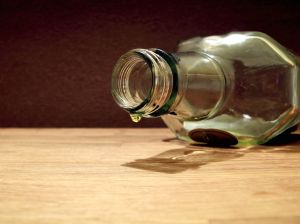
Unfortunately, as the Boston Globe reports, the number of drunk driving arrests in Boston is in decline. This is raising alarm among activists who believe that this is making the city much more dangerous.
Boston Drunk Driving Arrests Decline
According to the Boston Globe, arrests for impaired driving in Boston have fallen by as much as one-third since 2009. Last year, for example, Boston only made a grand total of 241 arrests for drunk driving. This is around two arrests every three days, down significantly from the number of arrests per day in prior years.
Boston is not only showing a decline in the number of drunk driving arrests as compared with prior years, the city is also showing that it is falling short when compared to other locations. For example, Denver had more than 3,000 drunk driving arrests last year although it has a slightly lower population than Boston. In Charlotte, North Carolina, a slightly larger city in a smaller metro region, there were 1,600 arrests last year for drunk driving. Both the 1,600 arrests and the 3,000+ arrests were significantly more arrests than Boston’s 241.
It might be nice to think that Boston simply doesn’t have very many drunk drivers. Boston police argue that the low number of arrests is simply because Boston is a walkable city. However, chances are this is not making much of an impact since Boston was a walkable city with a good public transportation system before the decline in arrests.
In fact, there are likely as many drunk drivers as ever– they just aren’t being arrested. Law enforcement officials and drunk driving opponents believe that the very small number of arrests and the significant decline in DUI actions is because law enforcement doesn’t place drunk driving as a priority. The Boston Globe indicated that police cannot prioritize drunk driving because they are focusing on fighting violent crimes, responding to emergency situations and protecting rough neighborhoods.
Another possible explanation is that there still are many arrests but that the arrests are being carried out by the state police rather than the Boston police (who have the low arrest statistics). State police have made more than 1,400 drunk driving arrests since 2010 started and they are responsible for controlling almost all roadways in and out of the city.
However, the significant decline in the number arrested is still cause for concern because there are plenty of streets within the city of Boston where drunk drivers are putting everyone at risk.
Continue reading
 Boston Drunk Driving Accident Lawyer Blog
Boston Drunk Driving Accident Lawyer Blog


